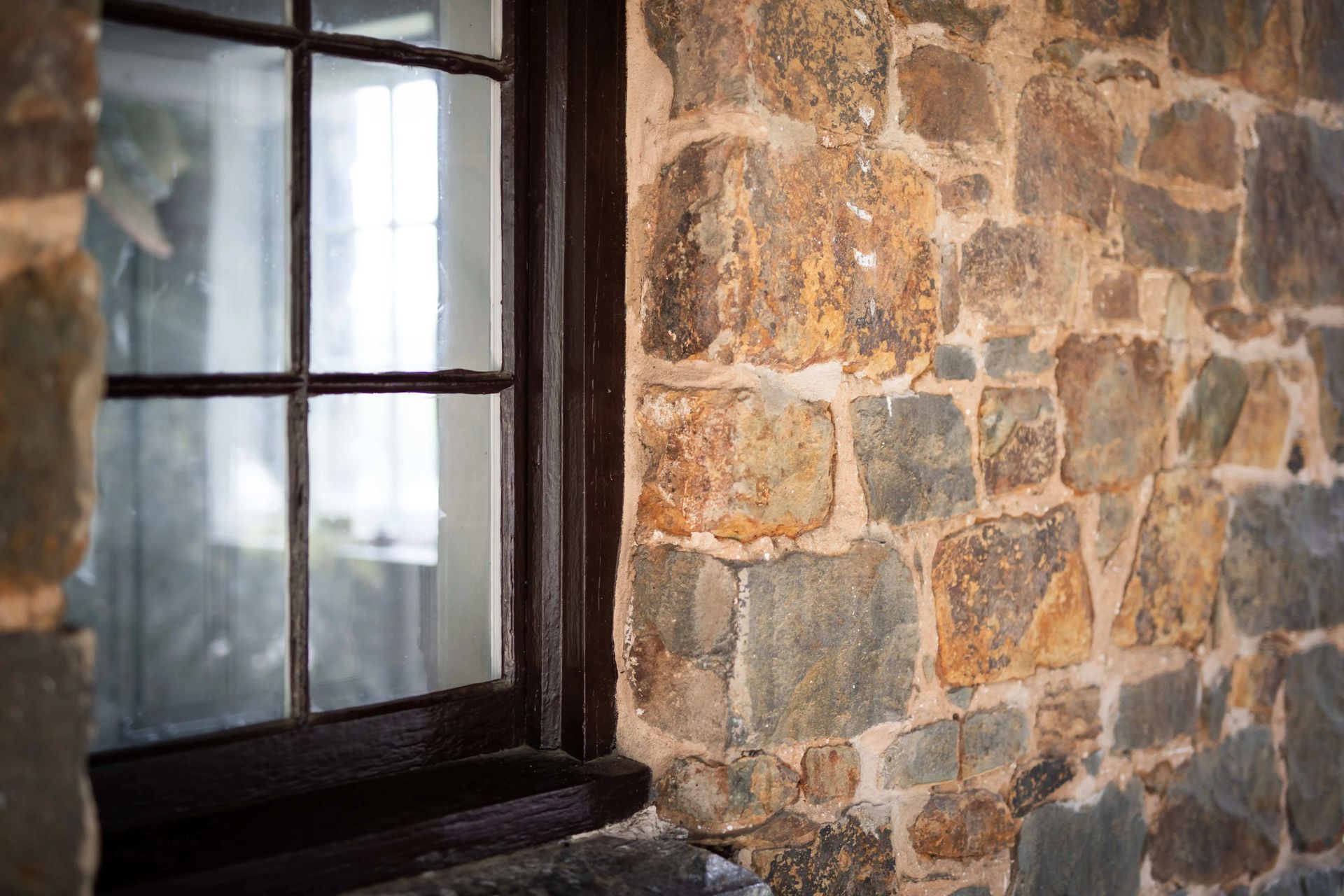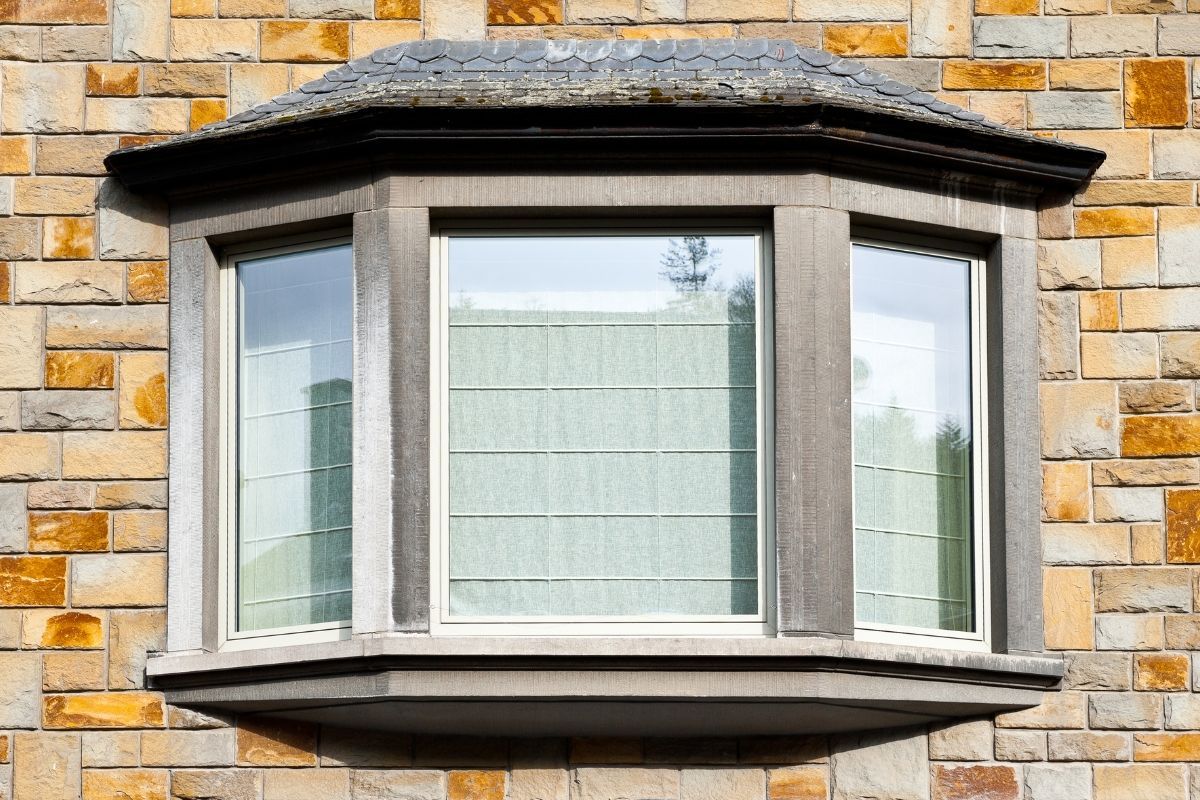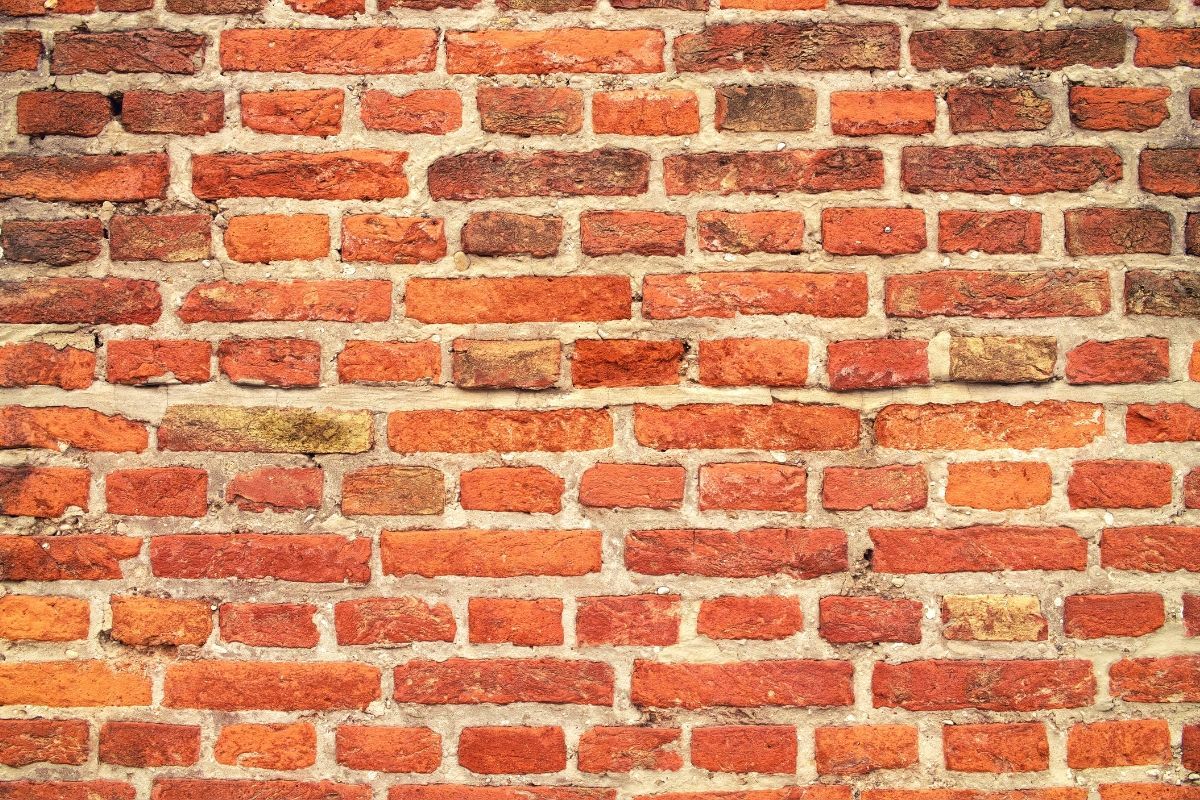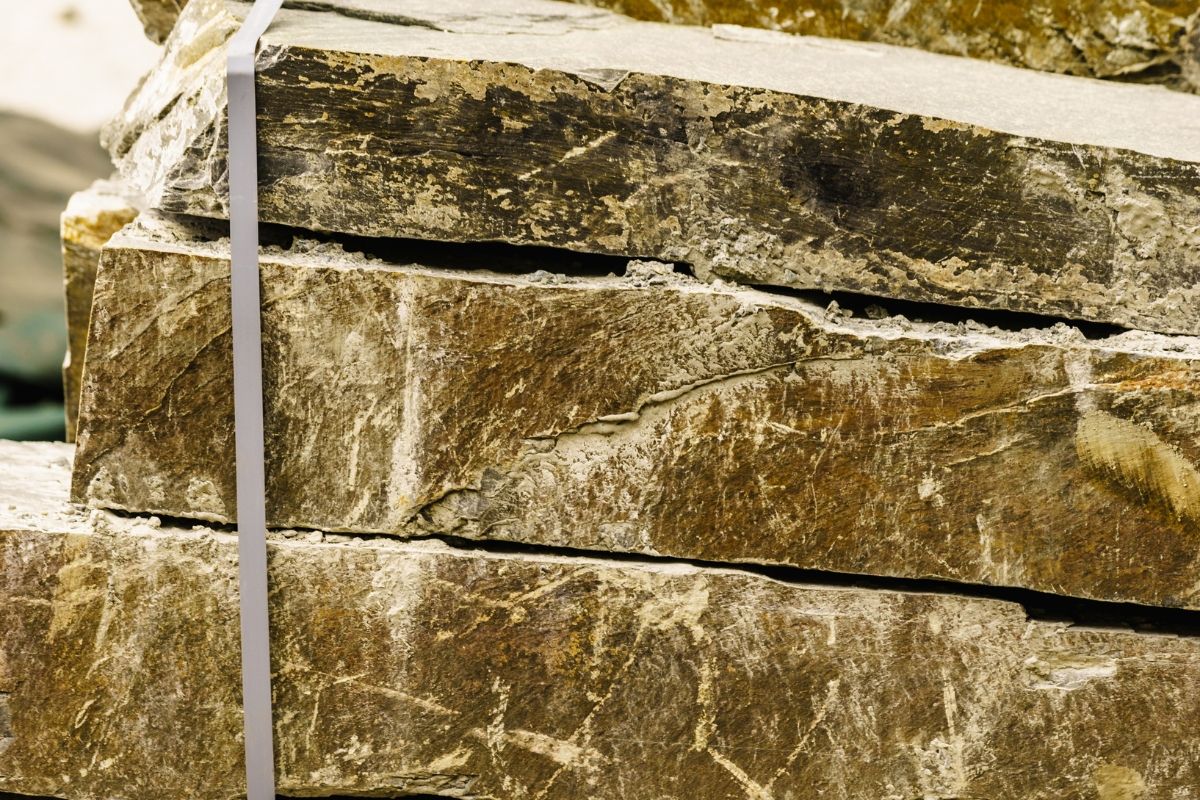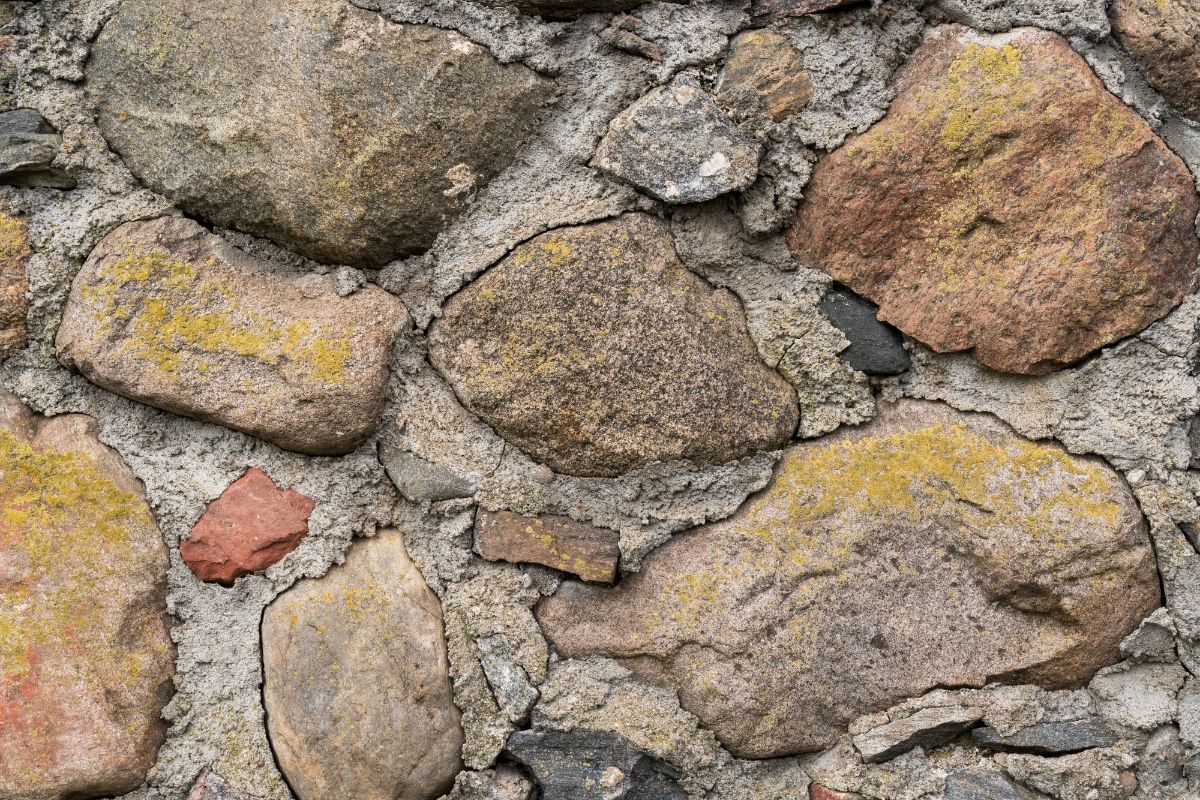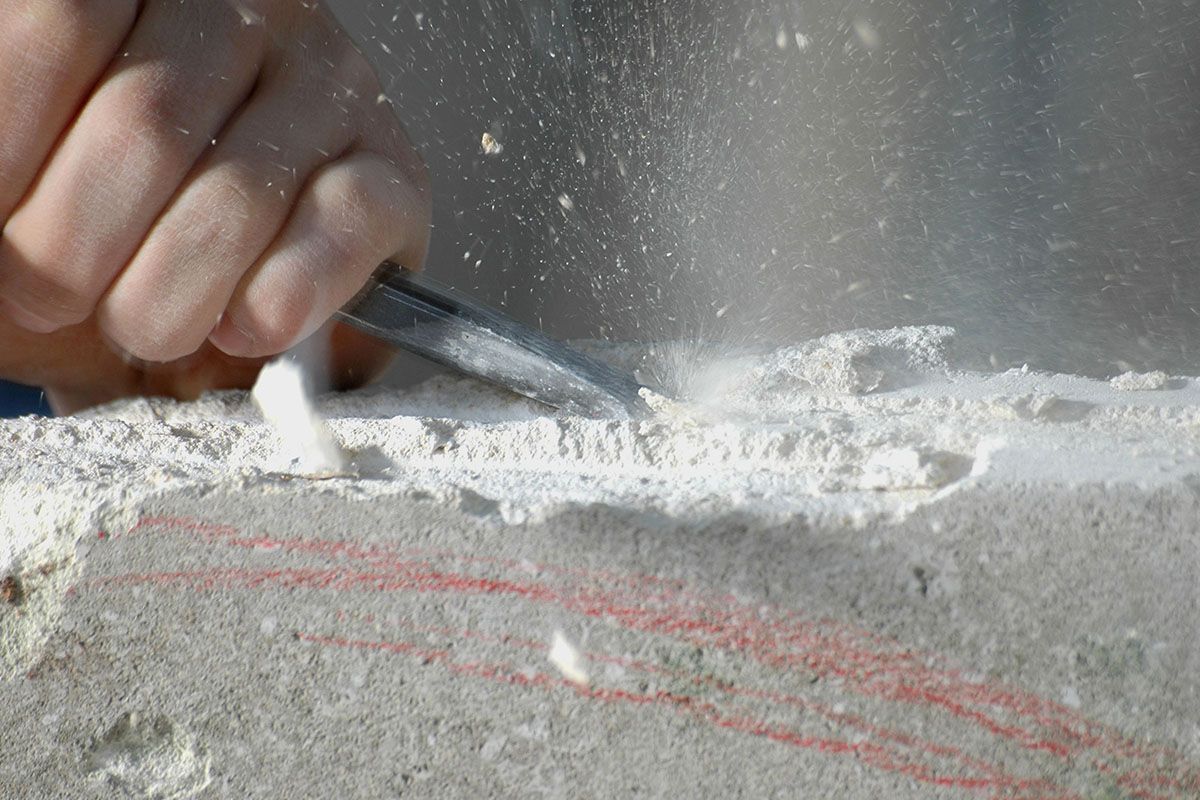How important are masonry fixings?
Here we will discover the role they play, the most common types used in the industry, and just how important they actually are. Building a sturdy and durable structure starts with strong foundations, and in masonry construction, fixings play a crucial role in ensuring stability and longevity. From ancient times to modern architecture, fixings have been an essential component in holding together bricks, stones, and other materials used in construction. Additionally, we will shed light on the factors that need to be considered when selecting fixings, including load capacity, material compatibility, and environmental conditions.
By understanding the significance of fixings in masonry construction, architects, contractors, and homeowners can make informed decisions that contribute to the overall strength and resilience of their buildings. Whether it's a small renovation project or a large-scale construction endeavour, the right fixings are indispensable for ensuring structural integrity and securing the longevity of the built environment.
The role of fixings in masonry construction
Fixings are an integral part of masonry construction, serving as the connective tissue that holds the entire structure together. Without fixings, the individual bricks, stones, or blocks would be susceptible to movement, compromising the stability and durability of the construction. Fixings are designed to distribute the load and forces evenly across the masonry, ensuring that the structure can withstand various external pressures, such as wind, earthquakes, and even time.
In addition to providing structural support, fixings also contribute to the aesthetic appeal of masonry construction (services/commercial). They can be strategically placed to create visually pleasing patterns or designs, enhancing the overall appearance of the building. Moreover, fixings can help prevent the deterioration of the masonry by providing a barrier against moisture, which can seep into the structure and cause damage over time.
Overall, fixings are vital for creating a solid and reliable foundation in masonry construction. They ensure the structural integrity of the building, enhance its visual appeal, and protect it from potential damage.
Understanding the types of fixings used in masonry construction
There are various types of fixings used in masonry construction, each with its own unique characteristics and applications. It is essential to understand these different types to determine the most suitable fixing for a particular project.
- Expansion anchors: Expansion anchors are commonly used in masonry construction due to their versatility and high load capacity. These anchors consist of a threaded rod and an expandable sleeve, which is inserted into a pre-drilled hole in the masonry. When the nut is tightened, the sleeve expands, creating a secure connection between the anchor and the masonry. Expansion anchors are ideal for heavy-duty applications, such as securing structural elements or hanging heavy objects.
- Concrete screws: Concrete screws are another popular choice for fixings in masonry construction. These screws have specially designed threads that provide excellent grip in concrete and other masonry materials. They are easy to install, requiring only a pre-drilled hole and a screwdriver. Concrete screws are suitable for a wide range of applications, from attaching fixtures and fittings to securing framing elements.
- Resin adhesives: Resin adhesives offer a reliable and durable bonding solution for masonry construction. These adhesives consist of two components, a resin and a hardener, which are mixed together and applied to the surfaces to be bonded. Once cured, the resin forms a strong and permanent bond, capable of withstanding high loads and environmental conditions. Resin adhesives are often used in applications where mechanical fixings are not feasible or desirable, such as bonding lightweight materials or repairing cracks in masonry.
Each type of fixing has its own advantages and limitations, and the choice of fixing depends on factors such as the load requirements, material compatibility, and installation conditions. It is crucial to consult with professionals and consider these factors when selecting the appropriate fixing for a specific masonry construction project.
The importance of choosing the right fixings for the job
Selecting the right fixings for a masonry construction project is crucial to ensure the structural integrity and longevity of the building. Using inadequate or incompatible fixings can lead to weak connections, increased risk of failure, and costly repairs in the future.
One of the key considerations when choosing fixings is the load capacity. The fixings must be able to support the expected loads and forces that will be exerted on the masonry. It is important to consult structural engineers or reference load tables provided by manufacturers to determine the appropriate fixings for the specific application.
Material compatibility is another critical factor to consider. Different masonry materials, such as brick, stone, or concrete, may require different types of fixings. It is essential to choose fixings that are compatible with the specific material to ensure a secure and long-lasting connection.
Environmental conditions should also be taken into account when selecting fixings. Factors such as exposure to moisture, temperature fluctuations, or corrosive substances can affect the performance and durability of the fixings. In corrosive environments, stainless steel or other corrosion-resistant fixings should be used to prevent deterioration over time.
Additionally, the ease of installation and maintenance should be considered. Complex or time-consuming installation methods may increase labor costs and project timelines. Similarly, fixings that require frequent maintenance or replacement can add to the overall maintenance costs of the building.
By carefully considering these factors and consulting with professionals, architects, contractors, and homeowners can ensure that they choose the right fixings for their masonry construction projects, minimising the risk of failure and maximising the longevity of the structure.
Common challenges and considerations in fixing masonry structures
Fixing masonry structures presents a unique set of challenges and considerations due to the nature of the materials and the construction process. It is important to be aware of these challenges to ensure successful and secure fixings.
One common challenge is the variability in masonry materials. Bricks, stones, and concrete blocks can have different properties, such as density, porosity, and strength, which can affect the performance of the fixings. It is crucial to assess the specific characteristics of the masonry materials and select fixings accordingly.
Another consideration is the presence of voids or cavities within the masonry. These voids can weaken the structure and compromise the integrity of the fixings. It is essential to properly fill any voids before installing the fixings to ensure a solid and secure connection.
The condition of the masonry is also a crucial factor to consider. Cracked or damaged masonry can affect the performance of the fixings and lead to premature failure. It is important to assess the condition of the masonry and carry out any necessary repairs or reinforcement before installing the fixings.
Additionally, the location and accessibility of the fixings can pose challenges. Fixings that are difficult to reach or install in confined spaces may require specialised tools or techniques. It is important to plan the installation process carefully and ensure that adequate access is available for the fixings.
By being aware of these challenges and considering them during the planning and execution of the fixing process, architects, contractors, and homeowners can overcome these obstacles and achieve secure and reliable fixings in their masonry structures.
Best practices for installing fixings in masonry construction
Installing fixings in masonry construction requires careful planning and precise execution to ensure a secure and long-lasting connection. Following best practices can help achieve successful fixings and minimise the risk of failure.
One of the key best practices is to ensure proper preparation of the masonry surfaces. The surfaces should be clean, dry, and free from any loose debris or contaminants that can affect the bond between the fixing and the masonry. It may be necessary to use wire brushes, compressed air, or cleaning agents to achieve the desired surface condition.
Proper drilling of the holes is essential for successful fixings. The size and depth of the holes should be in accordance with the manufacturer's recommendations and take into consideration the specific masonry material and load requirements. It is important to use the appropriate drilling technique and tools to avoid damaging the masonry.
The correct installation technique is crucial for achieving secure fixings. The fixings should be inserted into the holes with the appropriate torque or force, ensuring that they are fully engaged with the masonry. Over-tightening or under-tightening can compromise the integrity of the connection. It is important to follow the manufacturer's instructions and use calibrated tools to achieve the recommended torque or force.
Regular inspection and maintenance are essential to ensure the ongoing performance of the fixings. Periodic checks should be carried out to identify any signs of deterioration, such as corrosion, cracking, or movement. Any issues should be addressed promptly to prevent further damage or failure.
By adhering to these best practices and paying attention to the details, architects, contractors, and homeowners can achieve successful and reliable fixings in their masonry construction projects, contributing to the overall strength and durability of the structures.
The impact of fixings on the structural integrity of masonry buildings
Fixings play a crucial role in ensuring the structural integrity of masonry buildings. They provide the necessary connections that distribute the loads and forces evenly across the masonry, preventing excessive movement and reducing the risk of failure.
Properly designed and installed fixings can significantly enhance the strength and stability of masonry structures. They help resist lateral forces, such as wind or seismic loads, and ensure that the structure remains intact even under extreme conditions. Fixings also contribute to the overall stiffness of the building, reducing deflections and vibrations that can affect occupant comfort and structural performance.
Moreover, fixings can improve the load-carrying capacity of masonry structures. By distributing the loads across a larger area, they can increase the overall strength and resistance of the construction. This is particularly important in applications where high load capacities are required, such as in multi-story buildings or structures subject to heavy loads.
Fixings also play a role in the long-term durability of masonry buildings. They can help prevent the deterioration of the masonry by providing a barrier against moisture, which can lead to the growth of mould, the degradation of materials, and structural damage. By choosing corrosion-resistant fixings and maintaining them properly, the lifespan of the masonry can be extended, reducing the need for costly repairs or replacements.
In summary, fixings have a significant impact on the structural integrity and durability of masonry buildings. They provide the necessary connections, enhance the load-carrying capacity, improve the resistance to lateral forces, and contribute to the overall stiffness of the construction. Architects, contractors, and homeowners should prioritise the selection and installation of appropriate fixings to ensure the long-term performance and safety of their masonry buildings.
Innovations and advancements in masonry fixings
The field of masonry fixings has seen significant advancements and innovations in recent years, driven by the need for more efficient, reliable, and sustainable construction methods. These innovations aim to improve the performance, ease of installation, and environmental impact of fixings in masonry construction.
One area of innovation is the development of new materials for fixings. Traditional materials, such as steel or brass, are being replaced with more sustainable alternatives, such as composite materials or recycled plastics. These materials offer comparable strength and durability while reducing the environmental impact of the fixings.
Advancements in manufacturing processes have also led to improved performance and efficiency of fixings. Computer-aided design and manufacturing techniques allow for more precise and complex shapes, ensuring better fit and performance. Additionally, automated production processes can increase the speed and consistency of manufacturing, reducing costs and lead times.
In recent years, there has been a growing interest in sustainable and energy-efficient construction practices. This has led to the development of fixings that contribute to the overall energy performance of the building. For example, thermal break fixings are designed to minimise heat transfer through the building envelope, reducing energy consumption and improving thermal comfort.
The digitalisation of the construction industry has also made its way into the field of masonry fixings.
Building information modelling (BIM) technology allows for more accurate design and coordination of fixings, reducing errors and conflicts during the construction process. Additionally, digital tools and software can assist in the selection and calculation of fixings, ensuring compliance with regulations and standards.
Overall, the innovations and advancements in masonry fixings offer exciting opportunities for architects, contractors, and homeowners to improve the performance, efficiency, and sustainability of their masonry construction projects. By staying up-to-date with the latest developments in the field, professionals can make informed decisions and contribute to the advancement of the built environment.
Common mistakes to avoid when using fixings in masonry construction
While fixings are essential for the stability and durability of masonry construction, there are common mistakes that should be avoided to ensure successful and secure connections.
One common mistake is the use of inadequate fixings for the specific application. Using fixings with insufficient load capacity can lead to overloading and failure of the connections. It is crucial to consult load tables or seek professional advice to determine the appropriate fixings for the expected loads and forces.
Improper installation techniques can also result in weak or unreliable fixings. Over-tightening or under-tightening the fixings can compromise the integrity of the connection and increase the risk of failure. It is important to follow the manufacturer's instructions and use calibrated tools to achieve the recommended torque or force.
Another common mistake is neglecting the maintenance and inspection of fixings. Regular checks should be carried out to identify any signs of deterioration, such as corrosion, cracking, or movement. Any issues should be addressed promptly (services/restoration) to prevent further damage or failure. Neglecting maintenance can lead to costly repairs or replacements in the future.
Additionally, poor preparation of the masonry surfaces can affect the performance of the fixings. It is important to ensure that the surfaces are clean, dry, and free from any loose debris or contaminants that can affect the bond between the fixing and the masonry. Proper surface preparation, including cleaning and filling of voids, is essential for achieving secure and long-lasting connections.
By being aware of these common mistakes and taking the necessary precautions, architects, contractors, and homeowners can avoid unnecessary failures and ensure the reliability and longevity of fixings in their masonry construction projects.
The role of regulations and standards in fixing masonry structures
Regulations and standards play a vital role in ensuring the safety, quality, and reliability of fixings in masonry structures. They provide guidelines and criteria that architects, contractors, and homeowners must adhere to when selecting, installing, and maintaining fixings.
Regulations typically cover aspects such as load capacity, material compatibility, and installation requirements. They provide minimum standards that must be met to ensure the structural integrity and safety of the building. Compliance with regulations is typically enforced through building permits and inspections carried out by regulatory authorities.
Standards, on the other hand, are voluntary guidelines that provide more detailed information and specifications for fixings. They are often developed by industry organisations or professional bodies and are based on extensive research and testing. Standards cover various aspects, including design criteria, performance requirements, and testing methods. They provide a common language and framework for manufacturers, designers, and contractors to ensure consistency and quality in the selection and use of fixings.
By adhering to regulations and standards, architects, contractors, and homeowners can have confidence that the fixings used in their masonry / meet the necessary requirements for safety and performance. It is important to stay updated with the latest regulations and standards relevant to the specific region or jurisdiction to ensure compliance and mitigate any potential risks.
Conclusion: The significance of fixings in ensuring durable and safe masonry construction
Fixings play a crucial role in masonry construction, providing the necessary connections that hold the structure together and ensure its stability and durability. From expansion anchors to concrete screws and resin adhesives, a wide range of fixings are available to suit different applications and requirements.
Choosing the right fixings, considering factors such as load capacity, material compatibility, and environmental conditions, is vital for ensuring the structural integrity and longevity of masonry buildings. Proper installation techniques, regular inspection, and maintenance further contribute to the reliable performance of fixings.
Innovations and advancements in masonry fixings offer exciting opportunities to improve the efficiency, sustainability, and performance of masonry construction projects. However, it is important to avoid common mistakes and adhere to regulations and standards to ensure the safety and quality of fixings.
By understanding the crucial role fixings play in building strong foundations for masonry construction and following best practices, architects, contractors, and homeowners can contribute to the creation of durable, safe, and visually appealing structures that stand the test of time.
